Africa: I’m off to Algeria, a rising star in international travel
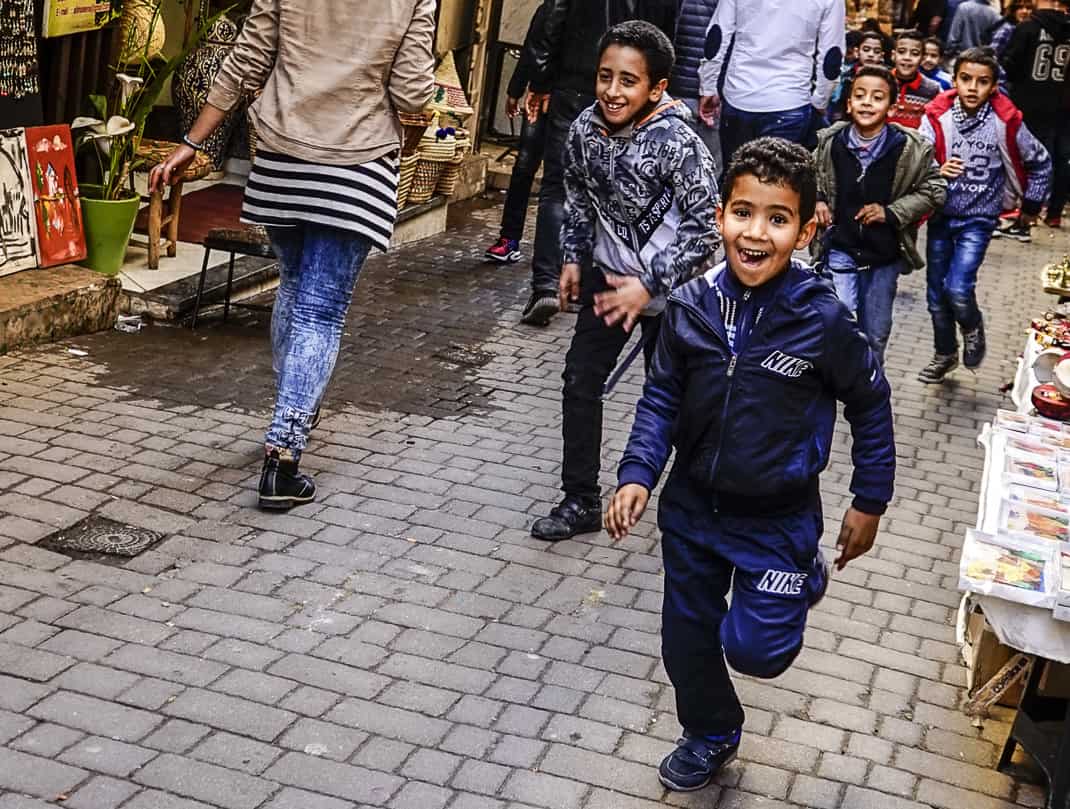
I’m going to Africa again Saturday. It’ll be my sixth trip to the Dark Continent. For nine days I’ll be in lightly trodden Algeria, making me a Libya short of a sweep of North Africa. This time I’m not just getting in touch with my inner Muslim. I want to return to a continent that is the most undervalued in the world.
But that’s starting to change.
Look out, folks, but Africa is getting hot in more ways than the Sahara in July. According to Statistica, Italy’s statistical arm, visitor numbers in Africa grew 15 percent in 2021. Granted, that had much to do with the end of Covid restrictions but it grew 88.5 percent last year.
The Brookings Institute reported that consumer spending on tourism in Africa is projected at $262 billion by 2030, $138 billion more than in 2015. The World Travel & Tourism Council meeting in Kigali, Rwanda, this month projected the number to hit $168 billion this year and create 18 million jobs.
Why? The world is traveling like never before. The number of people traveling internationally every year has reached an all-time high of 1 billion, and Africa is the least crowded for travelers who want off the beaten path. It’s the least-visited, and least-understood, continent on Earth outside Antarctica, and a lot of factors contribute to it. To wit:
Africa problems
- It can be expensive. The average cost for a week-long group safari in Botswana for mid-range accommodation is €375 a night.
- The visas are often difficult. Libya requires a letter of invitation from an accredited tour operator in Libya. I had all my requirements for a trip in 2002 and the Libyan Embassy here in Rome still turned me down. I’m sure I became the first person to ever tell a Libyan Embassy official, in front of armed guards, “Go (bleep) yourself.”
- Government regulations restrict competition. In many countries, you don’t have as many choices as on other continents.
- Poaching and shrinking wildlife habitat. South Africa loses about 1,000 rhinos a year to poachers. Crime gangs are making a fortune smuggling ivory and rhino horns.
- Disasters and pandemics. Africa got control of Ebola seven years ago but the publicity of 11,325 dead had lasting effects.
- Lack of infrastructure. Internet penetration rate is only 43 percent, well below the global average of 66 percent..
None of this deters me. Africa has too many advantages to be scared off by an inability to check the Denver Broncos score from a bar in Mali. The geography. The cultures. The food. All so different. All so interesting. All so enticing.
I want to see more of it. I’m reminded every day when I walk into my bedroom and see my world map with all the pin flags stuck in various countries. I have two gaping holes: West Africa and Southern Africa. I’ve been all over the North and much of East Africa.
But I want to do a safari in Botswana, regardless of cost. I want to sip South African wine while looking out at the Atlantic from a cliffside bar in Cape Town, lay on a sandy beach in Cape Verde Islands, party in Dakar. I want to eat some of the world’s best chocolate in Cameroon.
I had these places on my bucket list before Covid hit. With 2023 almost over and 2024 travel plans held up by pending hand surgery, I may not get back to Africa again until 2025.
I hope to collect memories as great as from my other trips. Here are a few highlights, by country and chronological order:
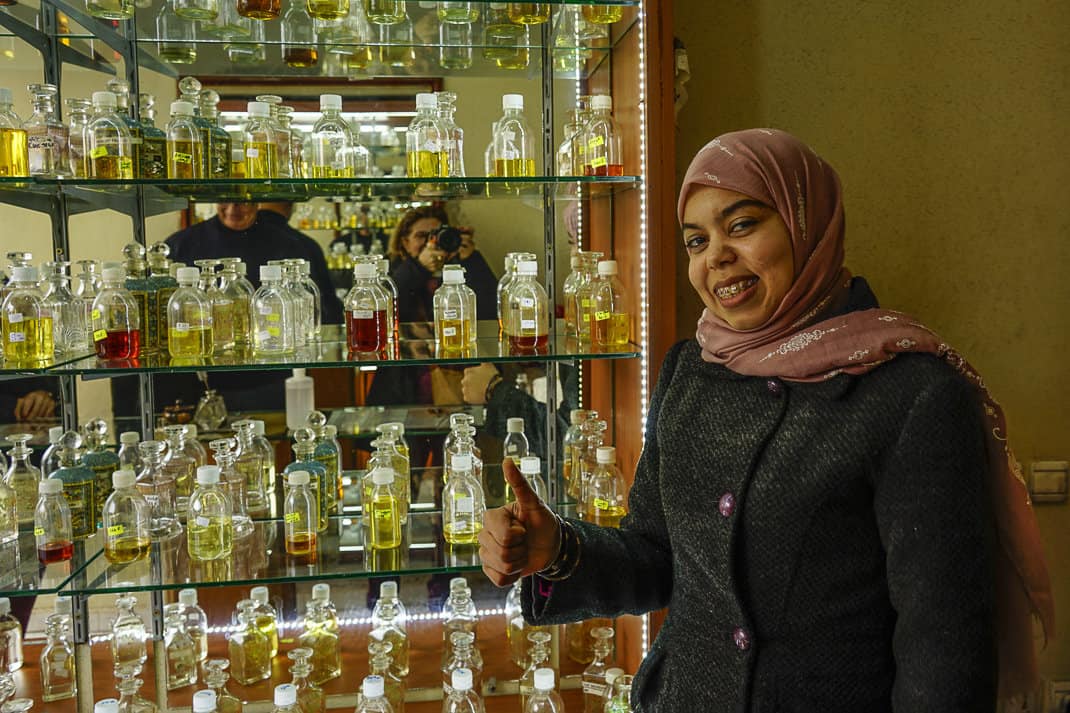
Morocco (1978, 2017)
I was enthralled by how many Moroccans I met who studied abroad and returned to help their country grow. It has one of the world’s greatest cuisines. Morocco introduced me to couscous and the one dish I would eat as a last meal before my execution: bastilla, chicken and almonds wrapped in filo dough and topped with powdered sugar and cinnamon. It makes me swoon as much as any dish in Italy.
I loved roaming the medina in Fez, the biggest in North Africa. Tiny shops sold everything from tea to copper plates in a dimly lit labyrinth that the locals say you need a guide to get out alive.
The best memory in 2017 came when I bought a Morocco soccer jersey for my nephew and a man chased me all the way to the medina exit. I thought he was a beggar. I shooed him away. He kept trying to get my attention. I walked faster. I told him to leave. Finally, he got in front of me. He wasn’t a beggar. He was the merchant’s assistant. I’d overpaid for the jersey by double. He wanted to return my change.
Let’s see that happen in the U.S.
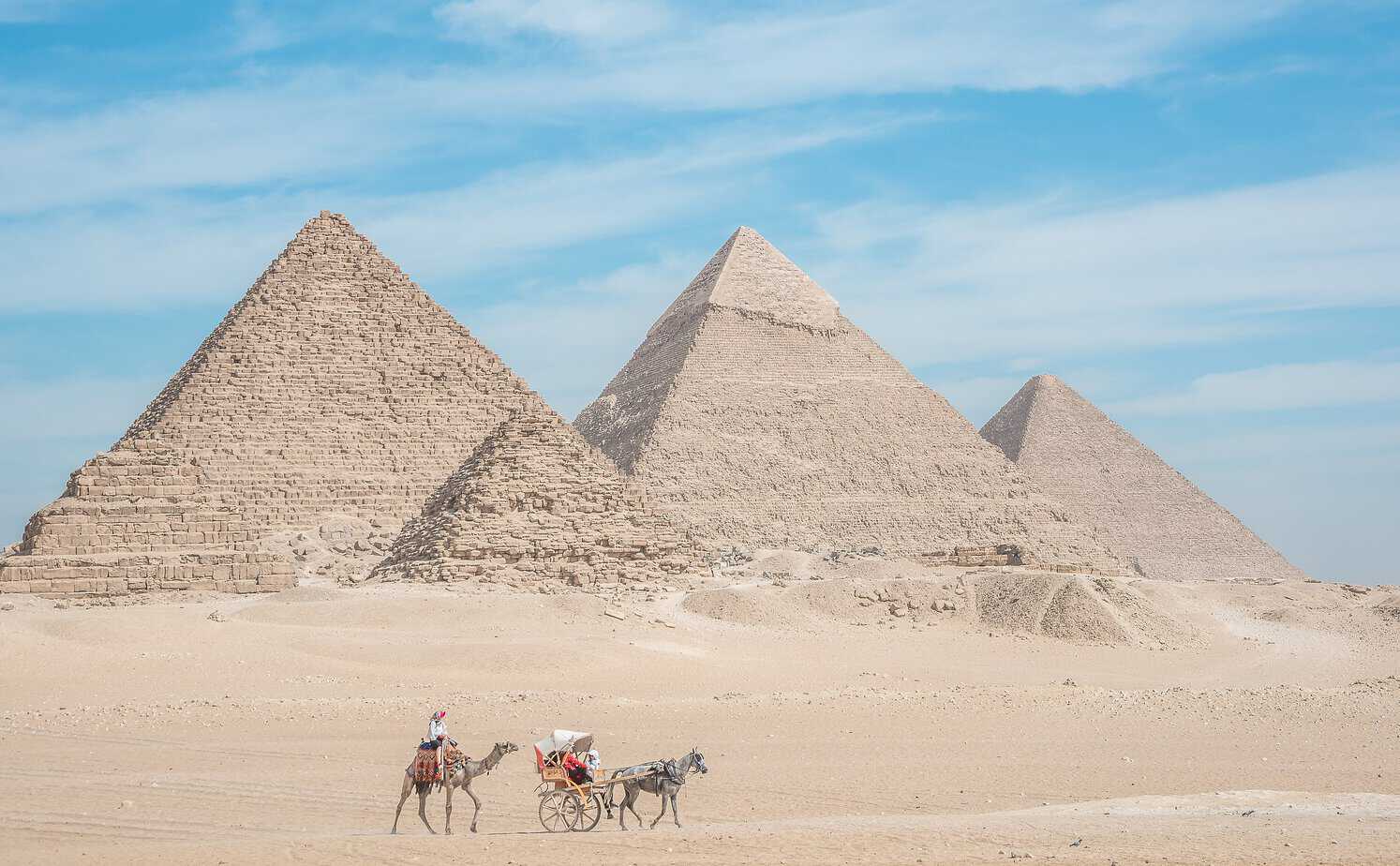
Egypt (1978)
I visited right after the Camp David Accords and Egyptians thought they got the better end of the deal with the Israelis. The locals were in a great mood. President Anwar Sadat could not have been more popular.
I remember taking a felucca, the little one-sail boats that took me down the Nile from Luxor to Aswan. I camped in Nubian villages along the way. In Al Lahun, I took a bush taxi an hour from El Faiyum through the desert. In this tiny town surrounded by sand as far as I could see, I saw a beautiful little lake. I thought it was a mirage. It wasn’t. It was a nice place to hang out until I attracted dozens of school children jumping up and trying to touch my long hair. A local school teacher later told me, “Some of these children have never seen a white person before.”
In Old Cairo, one of the most teeming ghettos in the world, I wandered past animal skins and raw meat hanging on lines. Locals invited me in to see their homes and have a cup of tea.
And of course, the highlight was seeing the Pyramids. I went on a pitch-black night when I saw them for the first time during the light show. I mostly remember the PA announcer hauntingly saying just before the lights came on, “Man fears time. But time fears … the Pyramids!”
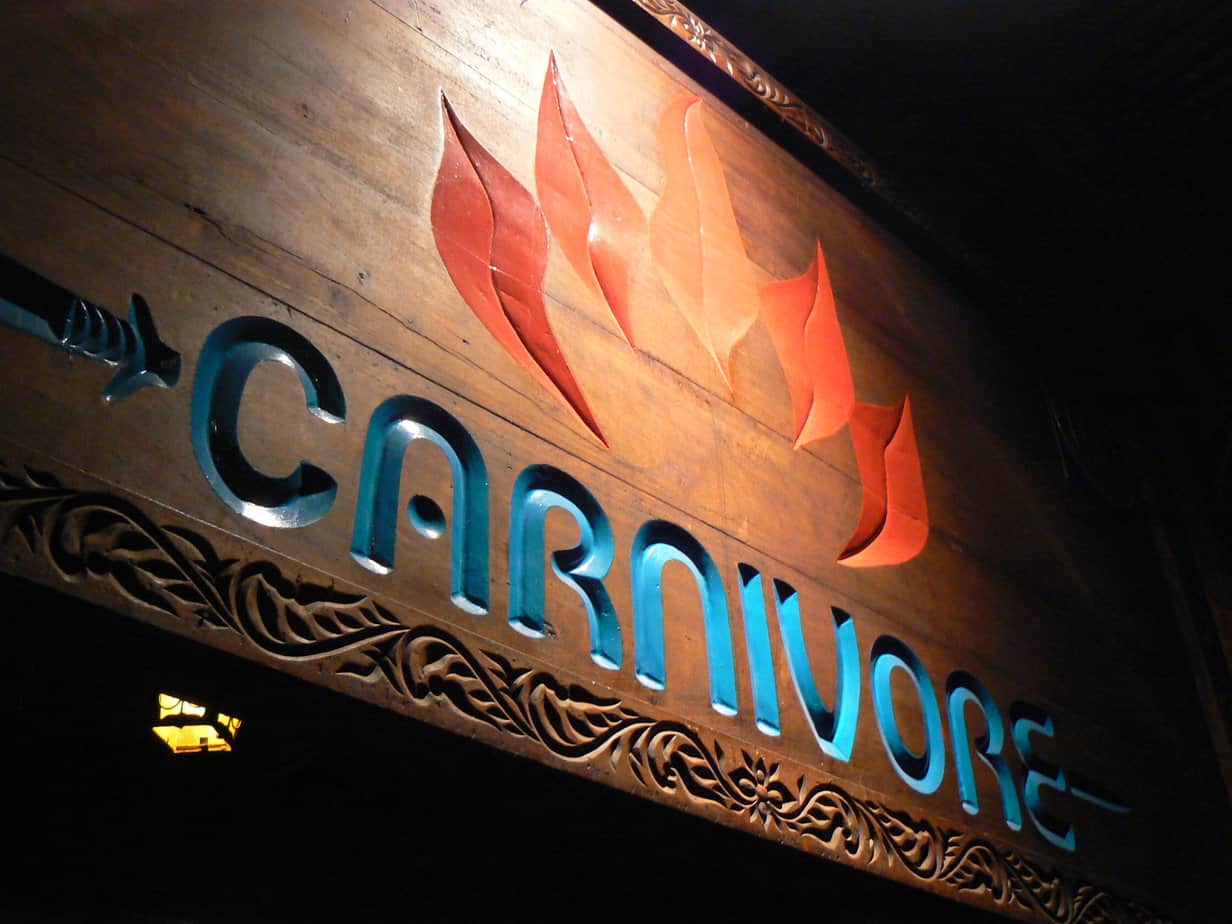
Kenya (1992)
I flew to Nairobi on my way to Tanzania. I only had a couple of nights coming and going but they were memorable. On my first night I dined at the Carnivore. It is famous for its wild game meat, but I feared it would be a horrid tourist trap.
Instead, it was filled with mostly locals, all dining on whatever meats were in season. I had hartebeest, wildebeest and zebra, all barbecued and succulent. Later, a band played African jazz. I’m not into music but listening to the steady drum beat of African jazz while eating barbecued zebra, I could not have a more African experience.
I caved and went to KC’s, a notorious expat bar filled with Brits getting hammered on Tuscan lager. In the early ‘90s, Kenya was plagued with economic problems, stemming from the drought in Ethiopia and Eritrea. Tons of immigrants came for jobs, spiking unemployment. I met one beautiful Kenyan woman who told me she became a prostitute after losing her fashion design business.
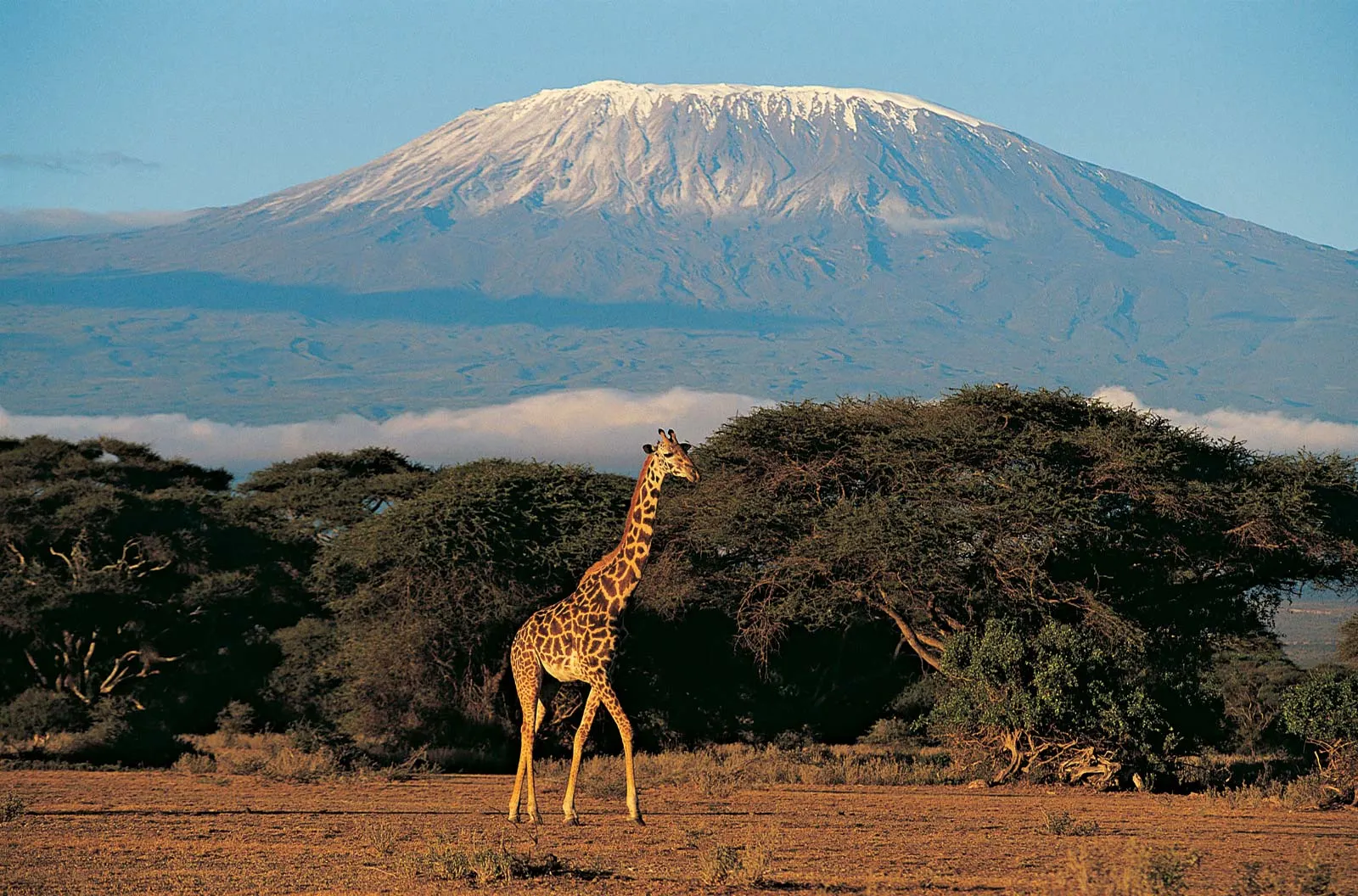
Tanzania (1992)
I’ve seen the most beautiful corners of the world. The Taj Mahal. Philippine beaches at sunset. The Northern Lights in Finland. But the most beautiful sight of my life remains the sunset rising over Africa from the top of Mt. Kilimanjaro. I made it to the top, a six-day trek I took alone.
I hired a guide and two porters and we reached a peak that turns back about half of those who try. The last 1,000 feet of the 19,340-foot mountain are tackled at 1 a.m. and I hiked up the last snowy stretch with a torch tied to my helmet. I only suffered a massive altitude headache.
I then lived the good life of a week safari. I camped atop the Ngorongoro Crater where a hyena ran past me when I left my tent to take a 3 a.m. leak. I saw a family of lions eating a killed animal, leaving nothing but scraps for the hyenas and vultures lurking nearby like diners waiting for a table.
I got charged by the playfully named black African spitting cobra which turned out to be more scared of me than I was of him. It dashed into a hole 20 feet in front of me.
And, of course, I saw a lot of lions mating. Constantly mating. Our guide said during mating periods, lions have sex every 20-30 minutes. I replied, “Slackers! All slackers!”
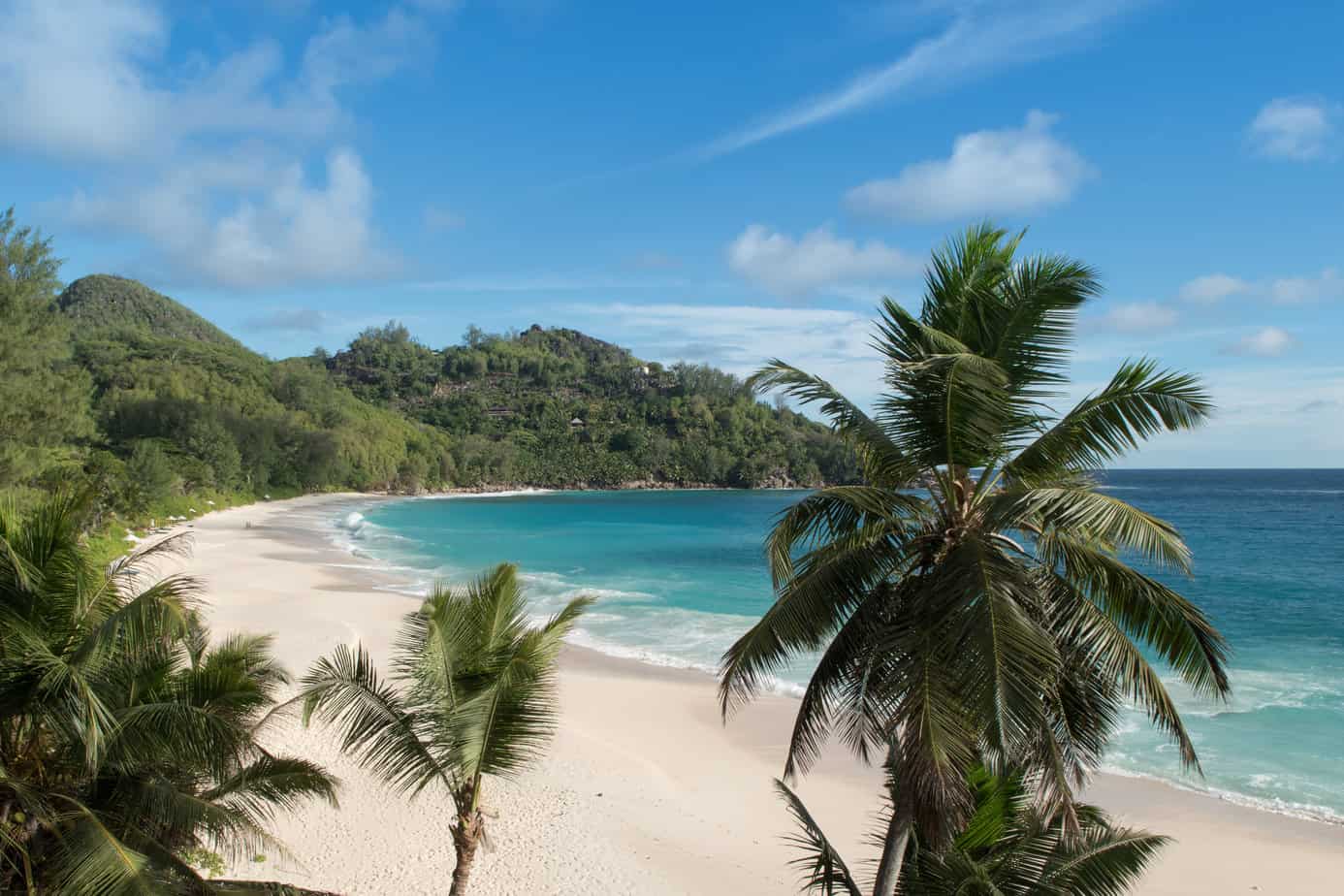
Seychelles Islands (1992)
Like Kilimanjaro, the Seychelles also provided me with a “most beautiful.” This was the most beautiful beach. On the main island of Mahe is a beach that’s a perfect, half-moon bay of sugar-white sand. A string of majestic palm trees right out of South Pacific separated the beach from the road running past it.
I sat in a nearby bar and asked a local why the beach was empty. He laughed.
“Because this beach is ugly,” he said.
“Ugly? It’s the most beautiful beach I’ve ever seen!”
“Oh, yeah? You should see the outer islands.”
I didn’t make it to them. I was so hypnotized by this beach and the scuba diving in 100-foot visibility over unspoiled reefs and colorful, curious fish.
You know the legend of Adam & Eve? It was inspired by those outer islands.
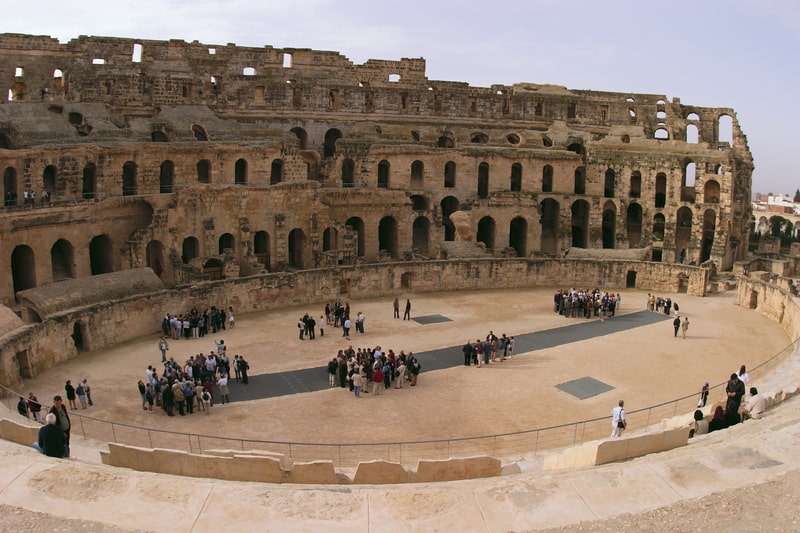
Tunisia (2002)
I’ve never seen brighter stars than while camping in the Sahara Desert. I took a two-day camel ride from the city of Douz alone with a guide who cooked terrific couscous and showed me the power of the Sahara.
Tunisia had so much to offer. Hammamet’s gorgeous beach with sand up to my ankles. I saw giant sea bass about five-feet long while scuba diving off Tabarka. I had a memorable stroll through 200,000 palm trees, a forest near Tozeur as thick as the Douglas firs I grew up with in Oregon. I walked in Hannibal’s footsteps in Carthage and dined on leg of lamb in Dar El Jeld, the restaurant anchoring Tunis’ medina.
Tunisia has always been a go-to destination for Italians but I went one year after 9-11 and hotels were so desperate for business, I had two in Tunis competing for my reservation. I loved the Tunisian people. During a three-week trip, I had four people come up to me and say how sorry they were about 9-11. I was touched.
In Algeria, I will again camp in the desert. This time it’ll be out of Djanet in the southeast corner near the Libyan border. I’m visiting Ghardaia, another Sahara city said to be Algeria’s most traditional and Tipaza on the Mediterranean coast. And I look forward to the call to prayer from the 450 mosques in Algiers.
People ask if I’m afraid of Muslim hostilities toward Americans during this Israel-Hamas War in light of the United States’ historical support of Israel. I am not. Algeria will be my 19th Muslim country, and I’ve never faced anti-Americanism.
This will be the start of what I hope will be many future blogs on Africa. Stay tuned.

